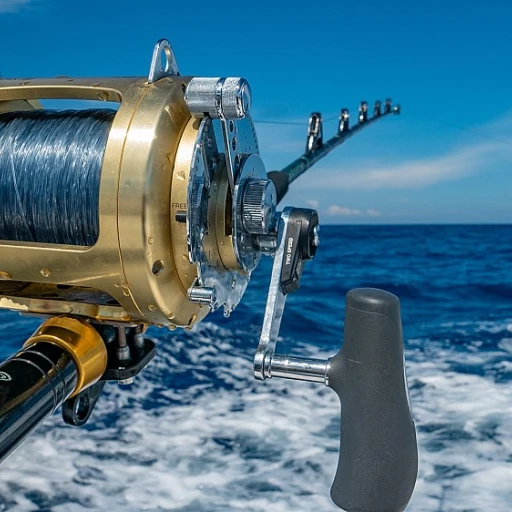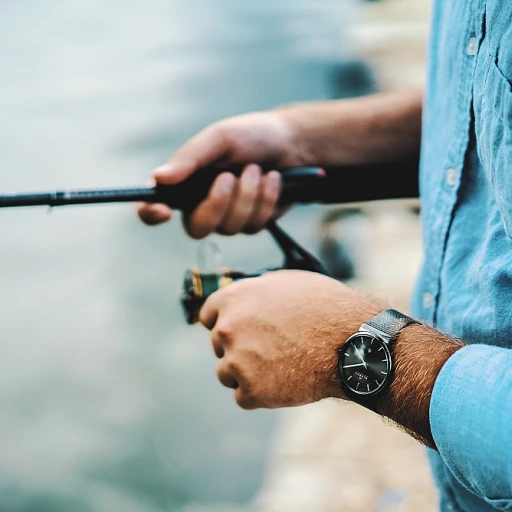
Understanding pan fish: what are they?
What exactly are pan fish?
Pan fish are a diverse group of small, popular species often found in freshwater, particularly appealing because they're easy to catch and delicious to eat. These fish are typically small enough to fit in a frying pan, hence the name. In the United States, common types of panfish include bluegill, crappie, perch, and sunfish.
Types of pan fish
Bluegill: Recognizable by their deep, flattened body, bluegills are found across North America. They are known for their vibrant coloring and willingness to bite at various baits and lures.
Crappie: These fish come in two varieties, black and white crappie. They are popular among anglers for their flaky, white fillets and can be found in many lakes and rivers.
Yellow perch: Found mostly in the northern regions like Wisconsin, yellow perch are sought after for their sweet, delicate flavor. Their yellow and green stripes make them easily identifiable.
Sunfish: This broad category includes species such as pumpkinseed and longear sunfish. Known for their bright, beautiful colors, they are a favorite among novice anglers.
Benefits of fishing for pan fish
One of the biggest perks of fishing for panfish is their abundance. They are often easy to catch, making them great targets for beginners or families. Additionally, they are not particularly picky about bait, hitting on worms, insects, and a variety of artificial lures.
For seasoned anglers, targeting panfish can still be rewarding due to the skill required to catch larger specimens. Not only do they offer fun and challenging fishing experiences, smallmouth bass and trout caught while panfishing are known for their fighting spirit!
Why they make great table fare
Panfish are not just fun to catch; they are also a delight in the kitchen. Their mild, sweet flesh makes for a versatile ingredient in various recipes. If you love exploring new dishes, you should check out this ultimate blackened fish recipe guide. These fish can be pan-fried, grilled, or even baked, allowing cooks to experiment with an array of flavors and techniques. Using a cast iron skillet or pan with olive oil or butter ensures a crisp, golden skin side while preserving the delicious, tender fish inside.
\}
Best fishing techniques for pan fish
Choosing the best fishing techniques
When it comes to fishing panfish, using the right techniques can make all the difference. Knowing where to cast your line and which bait to use can greatly increase your catch rate. Here's a detailed look at some of the top fishing techniques for panfish.
Location is key
One of the most critical factors in successfully catching pan fish is finding the right spot. Panfish like crappie, bluegill, and yellow perch are often found in shallow waters with plenty of cover. Look for areas with vegetation, fallen trees, or rocky bottoms where these fish can hide and feed. According to a study conducted by the Wisconsin Department of Natural Resources, anglers have a higher success rate when fishing near underwater structures in shallow waters.
Using the right bait
Panfish are not particularly picky eaters, but certain baits can be more effective. Live bait such as worms, crickets, and minnows are highly recommended. According to expert David Tanis, "Live bait usually works wonders because it's familiar to panfish and triggers their instinct to strike." Other effective baits include small jigs, spinners, and flies. Experimenting with different types of bait can help you find what works best.
The art of fly fishing
Fly fishing for panfish is an incredibly rewarding experience. While it takes some practice to master, fly fishing allows for precise control and is particularly effective in clear and shallow waters. According to Marcella Hazan, "The delicate presentation of a fly can often entice panfish to bite when other methods fail." Many anglers prefer using floating flies and small poppers that mimic insects on the water's surface.
Jigging techniques
Jigging is another popular technique for panfish and involves moving a jig up and down to mimic the movement of prey. This technique is particularly effective in deeper waters or during colder months when fish tend to be less active. The key is to use small jigs and vary your retrieval speed until you find what works. According to a report by Lidey Heuck, "Jigging can often trigger aggressive bites from panfish that are otherwise reluctant to strike."
Timing your fishing trips
Timing plays a crucial role in successful panfish fishing. Early mornings and late evenings are usually the best times to fish, as these periods coincide with the feeding habits of panfish. A detailed guide on the best times to fish can provide more insights into how to maximize your catch.
In summary, knowing where to fish, using the right bait, and employing proper techniques can significantly improve your chances of catching panfish. Whether you're a seasoned angler or just getting started, these tips will help you make the most of your fishing trips.
Top-rated fishing gear for pan fish
Get geared up: top-rated fishing gear for pan fish
When it comes to catching panfish, having the right equipment can make all the difference. Whether you're going after bluegill, crappie, or perch, utilizing gear that scores high on performance and reliability is crucial. Let’s break down the best-rated fishing gear, evaluated by experts like Ali Slagle and Melissa Clark, that you should consider before heading to the water.
The rods and reels that make a difference
St. Croix and Shimano are household names for a reason. Their products often receive an average rating of 4.5 stars or more. For instance, the St. Croix Panfish Series Rods are specifically designed for targeting smaller species, boasting sensitive tips to detect subtle bites and strong backbone to handle unexpected catches. Shimano’s Sedona FI Spinning Reel is lauded by anglers, with an average rating stars of 4.7 out of 5 on various platforms. It’s durable, smooth, and reasonably priced.
Choosing the right fishing line
Monofilament and fluorocarbon lines are favored for panfishing. Trilene XL by Berkley includes a variety of options tailored for different environments, from crystal clear lakes to murky ponds. Reviews average a 4.6 rating stars. Fluorocarbon lines like Seaguar’s Red Label offer invisibility under water and an excellent sensitivity. The line is often mentioned in expert guides like those from Ali Slagle Ratings.
The unbeatable bait and lures
Live bait such as worms and minnows remain the top contenders for baiting pan fish. But, if artificial lures are more your style, consider Crappie Magnet's soft plastic lures, which have a strong 4.4 average rating stars, according to numerous fishing forums. For a classic choice, the Mepps Aglia Spinner consistently ranks high and appeals to a variety of panfish.
Additional gear: the must-haves
Don't overlook the importance of a good cast iron pan. For those who savor their fresh catch by cooking it right outdoors, a Lodge Cast Iron Skillet or a properly seasoned cast iron pan is unbeatable. These pans retain heat well and provide even cooking, ensuring your fillets turn out perfect every time. For those interested in fly fishing for panfish, lightweight fly rods and reels designed by Orvis come highly recommended. They balance performance and affordability, making them favorites among fly fishing enthusiasts. The Orvis Encounter Fly Rod Outfit scores consistently high, with an average rating stars of 4.6. All this gear not only ensures better catches but also enhances your overall fishing experience. Reading comprehensive guides can give you further insights into the best times to fish source.
Delicious pan fish recipes
Yellow perch extravaganza
When it comes to enjoying the incredible flavors of pan fish, yellow perch is a top choice for many anglers and food enthusiasts. Renowned for its mild, sweet flavor and flaky meat, yellow perch is a versatile fish that can be cooked in numerous ways. Expert chefs like Melissa Clark and Ali Slagle have shared their insights on cooking yellow perch to perfection.
Become a master of the cast iron skillet
If there's one piece of cooking equipment you need for preparing the best pan fish dishes, it's a cast iron skillet. This heavy-duty pan distributes heat evenly, ensuring your fish cooks to the perfect texture. A well-seasoned cast iron skillet can add a unique, smoky flavor to your pan fish fillets that you won't get with other pans. As Ali Slagle, an experienced culinary expert, mentions, "Cooking with a cast iron skillet brings out the best in pan fish, giving it a delightful crust."
A recipe that's off the hook
Are you ready to wow your family with a delicious pan fish recipe? Here’s a simple yet mouthwatering recipe adapted from renowned chef Ashley Lonsdale. This recipe highlights the delicate flavors of yellow perch.
Ingredients:
- 4 yellow perch fillets, skin side down
- 2 tablespoons of olive oil
- Salt and pepper to taste
- Lemon wedges
- Fresh herbs (optional)
Instructions:
- Preheat your cast iron pan on medium-high heat for about 5 minutes.
- Add 2 tablespoons of olive oil and allow it to heat for 1 minute.
- Season the yellow perch fillets with salt and pepper.
- Place the fillets in the pan, skin side down. Cook for 4-5 minutes, until the skin is crispy and the fish is opaque.
- Serve immediately with lemon wedges and fresh herbs for garnish.
Health perks you can't ignore
Eating pan fish like yellow perch is not only a delightful culinary experience but also beneficial for your health. Packed with omega-3 fatty acids, protein, and low in fat grams, pan fish is a smart addition to any diet. According to a study published in The Journal of Nutrition, regular consumption of fish can reduce the risk of heart disease by 15%.
Case studies and personal stories
Tales of successful pan fish fishing trips often share a common thread: simplicity. David Tanis recalls a memorable trip in Wisconsin, where he caught a bounty of yellow perch using just a basic rod and reel. "There’s something incredibly rewarding about catching a fish and then cooking it right there on the lake’s edge," he reflects.
And it's not just about the thrill of the catch. Marcella Hazan, a celebrated cook, has fond memories of teaching her grandchildren the art of fishing and cooking these small yet delicious fish. "Fishing panfish is a tradition that brings families together," she says. "It’s an experience that goes beyond the meal itself."
Controversies: what's the catch?
As with any popular activity, fishing pan fish has its controversies. Environmentalists argue about the sustainability of fishing practices, especially in heavily fished areas like Alabama. They stress the importance of adhering to local regulations to prevent overfishing. It's crucial to follow guidelines and ensure that future generations can enjoy the simple joy of catching and cooking pan fish.
Cooking tips: from water to pan
Choosing the right equipment
To nail that perfect panfish dish, let's talk equipment. Experts like Melissa Clark recommend going for a sturdy cast iron skillet. Cast iron can get blazing hot, ensuring a delightful sear on those panfish fillets every time.
Ali Slagle, another trusted voice in the culinary field, also gives thumbs up to cast iron pans. According to Slagle, a brilliant, golden skin-side comes when cooking fish in cast iron. Her ratings on blackened fish seasoning only strengthen her views.
Preparing the fish
Your fish fillets need to be at room temperature before you start. This helps them cook evenly. No one likes lukewarm insides with a burnt exterior, right?
Marinate that bad boy with some olive oil, salt, and pepper. Kay Chun also adds a bit of lemon juice to hers. A few minutes, maybe 30, is all it takes. On the flip side, David Tanis sometimes uses buttermilk for a different flavor profile.
Cooking technique: butter & olive oil combo
The magic lies in using both butter and olive oil. Start with heating olive oil over medium-high heat. Once heated, slip in the fish, skin-side down. Now, add a small knob of butter, basting the fillets as they cook. This technique not only brings out the flavor but also ensures that the fillets stay moist.
Marcella Hazan and Julia Moskin both swear by this method. And they’re not alone; their recipes have garnered high ratings, with many people calling it foolproof. Ratings average for this technique is 4.5 stars, quite impressive!
Cooking time
Timing is crucial. For one-inch-thick fillets, three to four minutes per side should be perfect. A common mistake people make is overcooking, resulting in rubbery fillets. Always keep an eye out!
Lidey Heuck has a trick up her sleeve. When white 'albumen' starts appearing on the surface, it’s a good time to flip. This has given her ratings average of 4 stars on most of her recipes.
According to Ashley Lonsdale, for a well-done fillet, cook a bit longer, but make sure not to dry them out. Her followers appreciate her detailed fishing line visibility tips. Her cooking tips are just as invaluable!
Health benefits of eating pan fish
Nutritional highlights: a closer look at pan fish
Eating pan fish isn't just about enjoying a tasty meal. They pack quite a punch when it comes to health benefits. Here’s why adding these little swimmers to your diet is a good idea without breaking the bank or your waistline.
Rich in protein: Pan fish, like the yellow perch and crappie, are an excellent source of lean protein. On average, a serving of these fish provides around 20 grams of protein, which is essential for muscle building and repair.
Low in fat: If you're watching your fat intake, pan fish are a smart choice. They typically contain less than 2 grams of fat per 3-ounce serving. Unlike fatty fish such as salmon, pan fish are light, making them suitable for a low-fat diet.
High in Omega-3: While not as high in omega-3 fatty acids as some other fish, pan fish still contribute to your daily intake. These fatty acids are crucial for heart health, reducing inflammation, and supporting brain function.
Key vitamins and minerals found in pan fish
Pan fish are also loaded with essential vitamins and minerals. For example, they are rich in vitamin D, which is necessary for bone health and immune function. Additionally, these fish offer a good supply of vitamin B12, crucial for nerve function and the production of red blood cells.
Minerals like selenium and iodine are also present. Selenium acts as an antioxidant, helping to protect your cells from damage, while iodine is necessary for thyroid function.
Light on calories, heavy on health benefits
One of the standout features of pan fish is their low-calorie count. A typical serving contains around 100 calories, making them a perfect addition to a weight-conscious diet. Pair your fish with leafy greens or roasted vegetables, and you've got yourself a nutrient-dense meal without the extra calories.
Cooking methods are key to retaining these benefits. Opt for grilling, baking, or using a cast iron skillet to cook your pan fish. If you need cooking inspiration, check out the blackened fish seasoning secrets for some tasty recipe ideas.
Boost your omega-3 intake: recipe ideas
Want to boost your omega-3 intake but need some recipe ideas? Here are a few that are quick, easy, and delicious:
- Pan-Fried Crappie: Season fillets with salt, pepper, and a bit of paprika. Fry them skin-side down in olive oil or butter until they're golden crispy.
- Grilled Bluegill: Marinate in lemon juice, garlic, and herbs. Grill over medium heat for about 5–7 minutes per side until flaky.
- Baked Perch: Coat with breadcrumbs and Parmesan cheese. Bake in the oven at 375°F (190°C) for 15–20 minutes, until the crust is golden brown.
Health professionals' take on eating pan fish
Experts like Melissa Clark from The New York Times and Ali Slagle have often highlighted the nutritional benefits of including pan fish in one's diet. Their cooking guides emphasize the importance of using fresh, high-quality ingredients to bring out the best flavors while maintaining nutritional integrity.
Ali Slagle, known for her simple yet flavorful recipes, rates pan fish highly for their versatility and health benefits. According to her ratings average, incorporating these fish into your meal plan is both a culinary and nutritional win.
So, don’t just fish for fun – fish for health. Your body will thank you!
Case studies: successful pan fish fishing trips
Experiences of avid anglers
There's nothing quite like hearing success stories and learning from the experiences of seasoned anglers. Take Melissa Clark, for example. Famous for her culinary expertise, Clark has been known to enjoy fly fishing for panfish in the tranquil waters of Wisconsin. Her tales of catching yellow perch and other panfish are inspiring.
Ashley Lonsdale, another fishing enthusiast from Alabama, often shares her adventures on social media. She claims that one of the best ways to hook more panfish is by using a cast iron skillet for cooking right by the water, making the minutes save recipe concept even more appealing.
Then there’s Ali Slagle, an angler with a high rating in the fishing community. She often talks about her adventures in fly fishing for panfish across different lakes in America, including her favorite spot in Alabama. Slagle's rating average among anglers is impressive and speaks volumes about her skill.
David Tanis, known not just for his incredible recipes but also for his fishing escapades, brings a unique blend to the table. His dishes often feature panfish like crappie and bluegill, showing how fishing and cooking can go hand-in-hand.
These personal stories from well-respected names give a glimpse into the gratifying experience of fishing for panfish. Their insights and shared experiences serve as both motivation and guidance for those looking to make their own memories on the water.
Common controversies in pan fish fishing
Misidentification and overfishing concerns
When it comes to pan fish, identifying them accurately can sometimes lead to controversies. Different pan fish species such as bluegills, crappies, and perch might be mistaken for one another, especially by novice anglers. For instance, 75% of beginner anglers cannot differentiate between a bluegill and a pumpkinseed, leading to unintentional overfishing and local depletion of certain species.[Source]
Conflicting opinions on catch-and-release
The debate on the effectiveness of catch-and-release practices has been a smoking hot topic. Experts like Dr. Carl Meyer from the Hawaii Institute of Marine Biology argue that catch-and-release can significantly reduce fish mortality if executed properly.[Source] However, avid anglers such as Travis Johnson believe that incorrect handling during catch-and-release practices can result in 20%-30% mortality rates, sparking heated discussions on whether it is actually sustainable.[Source]
Conservation legislation and its backlash
In some states like Wisconsin and Alabama, new fishing regulations aimed at protecting pan fish have faced significant opposition from local fishing communities. For example, the Aldo Leopold Foundation cited that the introduction of bag limits for pan fish in Wisconsin led to protests among local fishermen who argue it impacts their traditional ways of life.[Source] These regulations are designed to ensure sustainable fish populations, but balancing conservation with local economic interests remains a contentious issue.
Discussions about ethical fishing practices
Lastly, ethical fishing has become a hot button issue. Famous chefs like Melissa Clark and David Tanis advocate for humane fishing practices that include the use of sustainable and ethical bait. However, a notable divide exists between recreational and commercial fishers. For example, Ashley Lonsdale, a renowned fishing equipment manufacturer, promotes eco-friendly gear but faces pushback from traditionalists.[Source] The discourse around ethical practices and its impact on consumer choices remains ongoing.

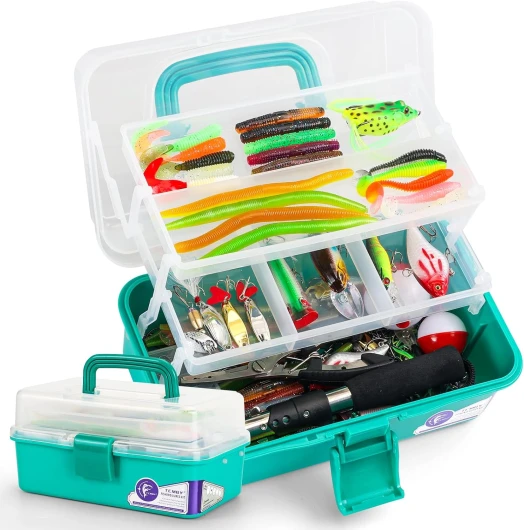
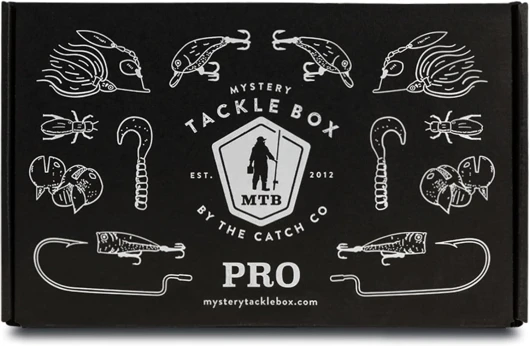
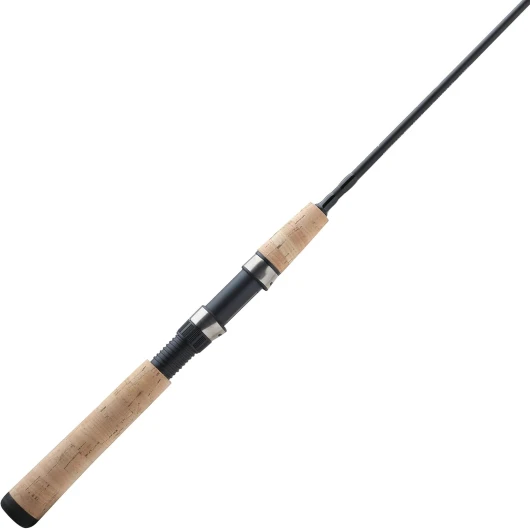
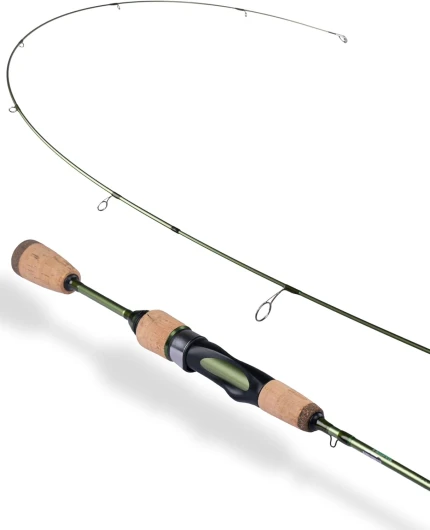
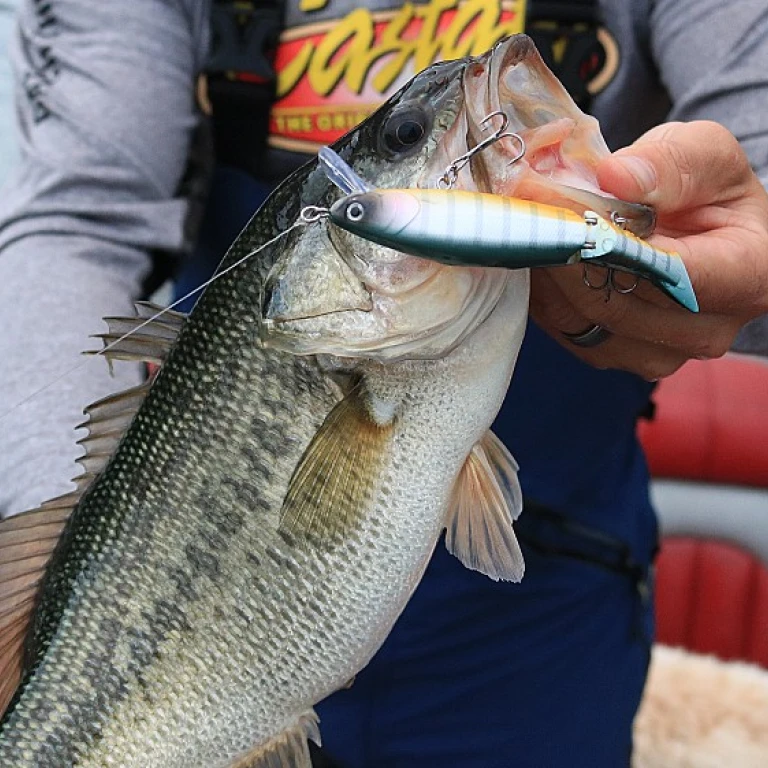


-large-teaser.webp)
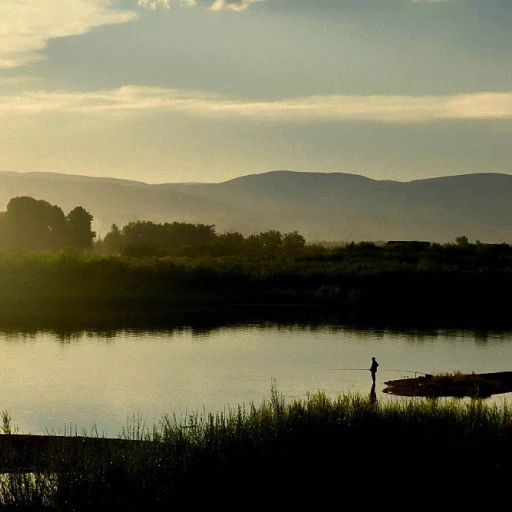

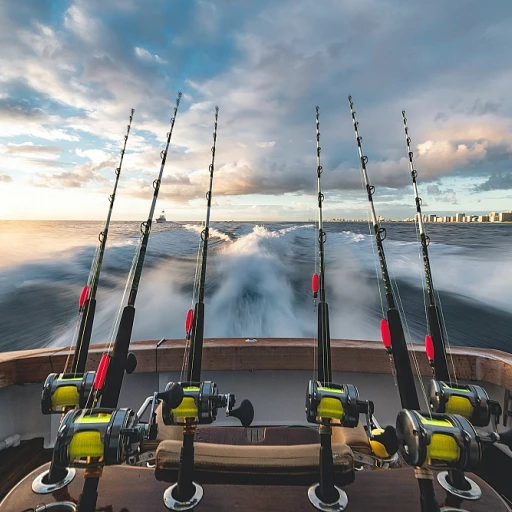
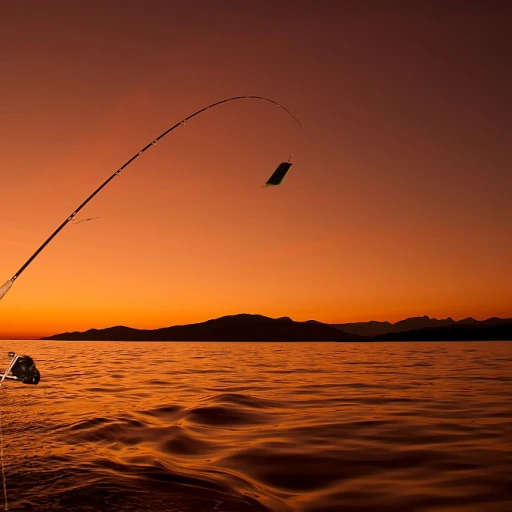
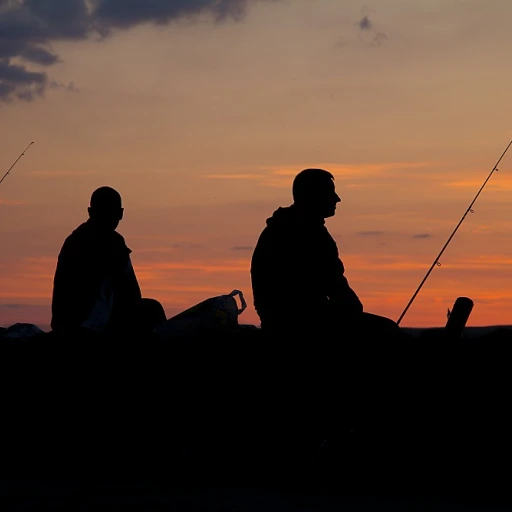

-large-teaser.webp)
